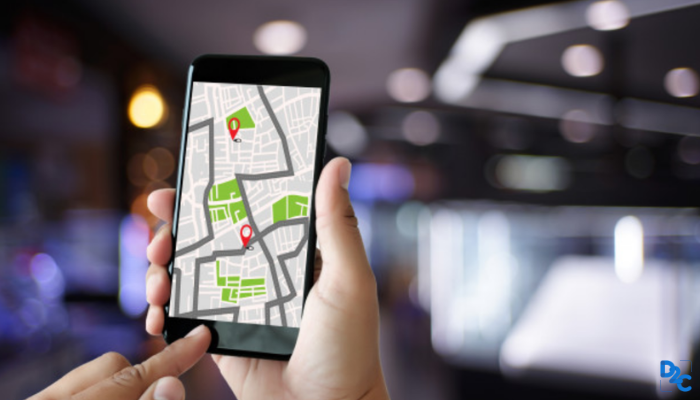IIT Bombay spearheads major breakthrough, creates a receiver chip for Indian satellites

In another major breakthrough, a group of students from IIT Bombay have developed a receiver chip - Dhruva - for use in navigation devices within the country. India’s NAVIC group of navigation satellites was sent into orbit a few years ago. It is the geo-positioning system designed by ISRO for accurate positioning within the country. However, so far no receiver chip had been developed to receive the signals from the satellites.
Dhruva has been designed to receive signals not only from NAVIC (Navigation with Indian Constellation) but also from, the US Global Positioning System (GPS) satellites. It can work under all weather conditions and was designed in 18 months by the students and researchers at IIT Bombay.
Rajesh Zele, a professor from the Department of Electrical Engineering, led the efforts and said that this was the first receiver chip from their lab designed completely by students. He commended their efforts. According to him, a production-worthy RF chip designed in 18 months was an outstanding achievement for the students.
The nine NAVIC satellites were ISRO’s attempt to provide accurate positioning within the country, accessible also to commercial applications.
The Ministry of Electronics and Information Technology (MeitY), along with SAMEER (Society for Applied Microwave Electronics Engineering and Research), as the nodal agency, provided the funds required by IIT Bombay for Dhruva. The Indian Space Research Organization was also approached for consultation on the project.
The receiver chip will receive and clean up the signals from NAVIC (which are 36,000 km above the earth’s surface!). As IIT Bombay further develops the receiver chip, it will amplify the signals approximately 400,000 times before digitizing it using Analog-to-Digital Converters.
Zele said, “We have built a lab ground up for RFIC testing at IIT B with a lot of high-performance equipment. While the chip was in lab for about five months, we designed the PC boards, software and hardware tools. The fielding was already set up for Dhruva chip arrival from the foundry in December 2019. In the beginning, we all went through ‘butterflies in the stomach experience’ as the chip was powered up. Slowly, each and every block was brought to life. Amazingly, everything worked just as we expected. Finale happened just before lockdown when we successfully detected GPS satellite signals using our chip.”
IITs have always been at the forefront of new innovations. Check out these pieces to know how!
Login to continue reading
And access exclusive content, personalized recommendations, and career-boosting opportunities.
















Comments
Add comment